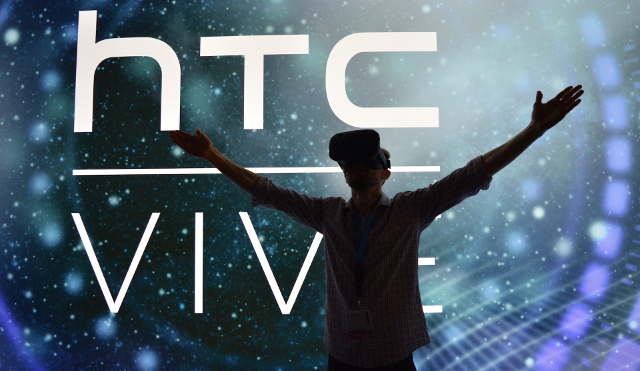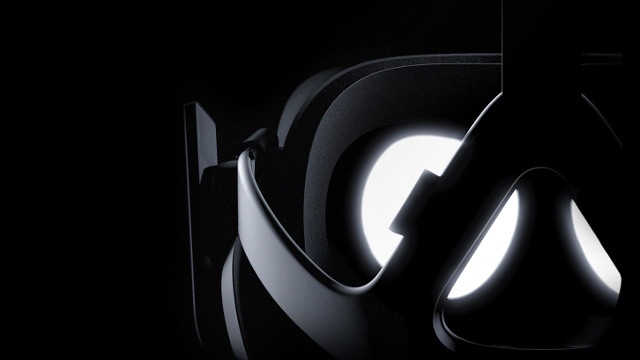For many people, the arrival of the first wave of consumer-grade virtual reality headsets means realizing their decade-old dreams of transporting into digital worlds. Although the entertainment attributes of virtual reality are undoubtedly their most attractive asset, their use extends well beyond that single role.
Putting a virtual reality headset on does something magical to the human brain. In most cases, the mind of a user is convinced of their digital surroundings, providing distraction from the real world. This convincing departure has become a major topic among researchers who foresee revolutionary therapeutic uses for virtual-reality technology.
Recently, Valve brought an HTC Vive to the C.S. Mott Children's Hospital. Children with severe medical conditions including cancer were able to experience virtual reality for the first time. As Valve was hoping for, these children enjoyed their time playing games like Tilt Brush, but there was more to it than that. As described by one of the children who used the headset, the pain from his condition reduced drastically during use. Not only did he remark how his level of pain decreased dramatically while using the headset, but the lingering effects of the therapy continued after leaving the virtual reality environment.
This result is becoming increasingly common as researchers test virtual reality in a number of scenarios. It's become a major topic of discussion, with professionals like Certified Child Life Specialist J.J. Bouchard devoting their full-time into the study of virtual reality's medical potential. As explained by Bouchard, virtual reality experiences allow patients to visit exotic and extraordinary places that provide respite from hospital environments that many children and adults end up spending weeks, months, or even years at. It's a virtual departure that has shown tremendously positive results, both in the levels of joy expressed by users and associated pain relief.
Now that virtual reality headsets have been on the market for nearly a month, a large quantity of new reports have found their way online. Many of these reports focus on the mental therapy offered by virtual reality experiences, such as one in a written post by Reddit user feoen who found himself confronting social anxiety in virtual reality. Feoen explained:
No, I am standing in a room with 30 people talking to each other. There's men, there's women, there's music with a beat pumping out of a TV in the corner near the ceiling. People are standing together in all different corners of the room having full conversations with each other.
I wanted to flee. The social anxiety, the fear of their judgments of me, was immediate. My every day experience of handling social anxiety was recreated, feeling for feeling, in VR. The psychological consequences of interacting with others was elicited through a completely electronic medium.
This is groundbreaking. People were talking, and I actively did not want to go up and interrupt people's conversations since that would be rude. I was applying real life logic and social norms to a virtual environment. This added a component to VR that single-player experiences have yet to tap into.

The reports continue with Reddit user kezown, who has been battling arthritis due to years of working behind a desk.
kezown then explained how the roomscale experience of HTC Vive has him moving around on a daily basis, stretching his back muscles while enjoying his time.
As demonstrated by these reports, virtual reality is multifaceted and offers several types of therapy. Being able to convince the mind that it is somewhere else helps with treatment of pain in some individuals. Within the context of a virtual reality environment, users can face and treat their phobias, such as fear of heights or social anxiety. Additionally, motion-oriented virtual reality has shown itself to be great exercise capable of providing therapy for individuals suffering from joint and back pain.
The most exciting element of all this is that testing is only in early stages. There are certain to be uses for virtual reality that are currently undiscovered. As word gets around and these success stories become greater in number, and headsets become more refined, it is likely that there will be more research and funding invested in virtual reality therapy.







